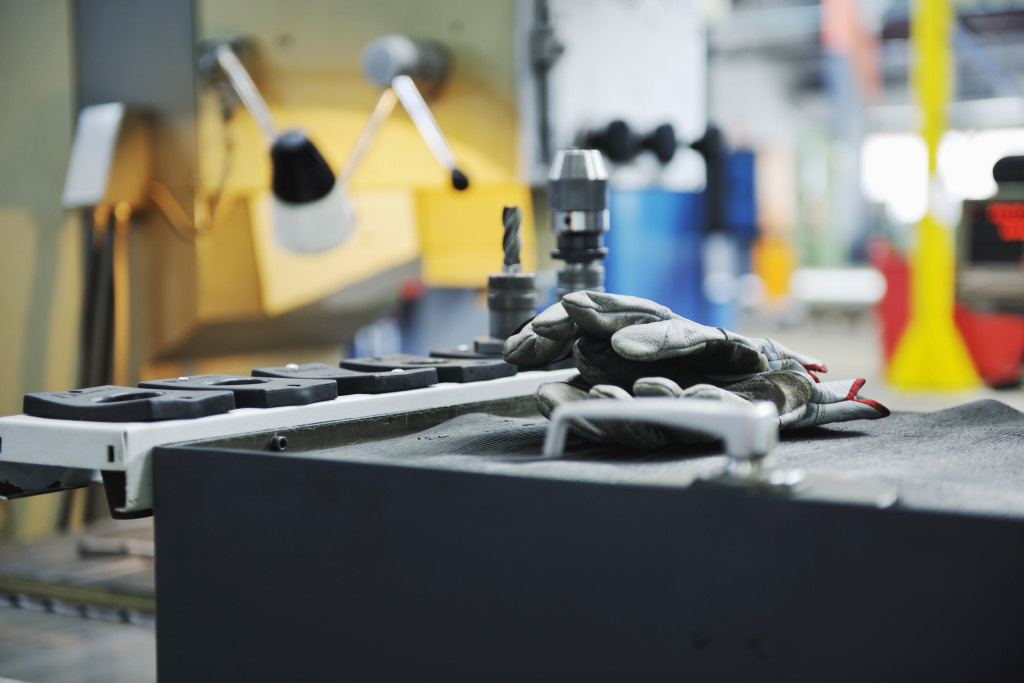Manufacturing Tooling Costs
Jan 25, 2016
Depending on the type of product your business produces and how often, tooling may be a significant cost. For some businesses, tools last a considerable amount of time. In such a scenario, given the durability of the tools and the frequency of their use, it is safe to assume the cost of the tooling is recovered in the sale of the products. However, if the margins overall are very tight, some degree of a tooling cost should be noted in the estimate.
 For specialized products, tooling is a necessity and can be traced directly to those products. This type of tooling may last a long period of time, or for only a few products, but regardless it is most likely directly related. As a result, it should be assigned directly to the given product or process and recovered through that individual product’s cost.
For specialized products, tooling is a necessity and can be traced directly to those products. This type of tooling may last a long period of time, or for only a few products, but regardless it is most likely directly related. As a result, it should be assigned directly to the given product or process and recovered through that individual product’s cost.
I met with a client a few weeks ago who wanted to factor tooling into their total product cost. However, the business was struggling do so accurately. This client’s environment was a bit different than those described above. The company currently pays for tooling required in the production of merchandise they are buying for an outside customer. The client wanted to recover this cost in the products, which is relatively simple as they know exactly with which products to associate the tooling cost. However, the greater dilemma was determining at what rate. Management attempted to approximate how many of each product would be ordered and divide the tooling cost by that amount. For example, if 1,000 parts were ordered and the tooling cost was $400 then $2.50 would be added to each item’s standard cost. However, what happens if they ordered 1,500 parts? Or only 200 parts? If 1,500 parts were ordered, then the additional cost was only $.68 per part. Does this mean the extra $1.82 is just profit? Of course extra profit is welcomed, but what if a miscalculation caused the selling price to be higher than the market would tolerate. This could create a serious issue. In the case of under costing, they would lose a substantial amount of money.
What would you recommend for tooling or what have you done that is working or maybe isn’t working?
In the end, it is most important to recover the costs as best as you possibly can. Over or under recovering can equally create issues that are not able to be sustained.
My client must continue to offer their best estimate of how many of each product will be ordered and allocate the cost that way. However, they need to make sure they are coming close to their estimates, and if not, its time to re-evaluate their process.
Categories: Cost Accounting
